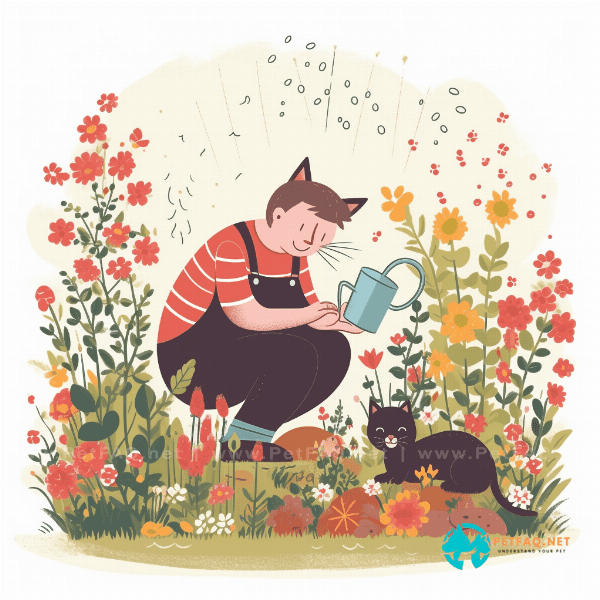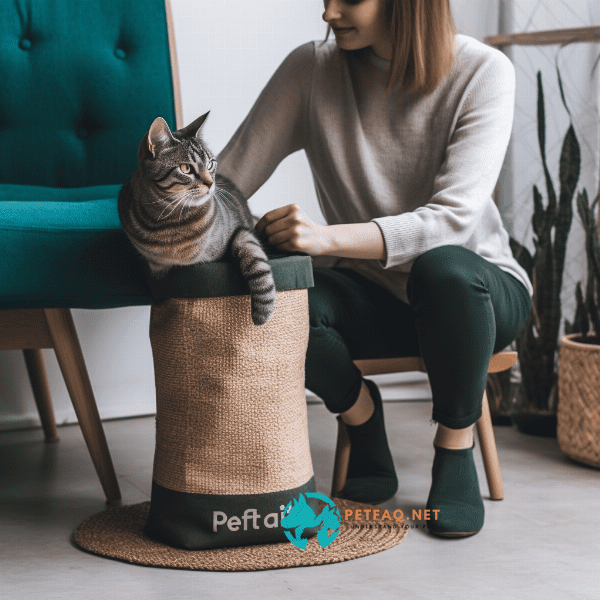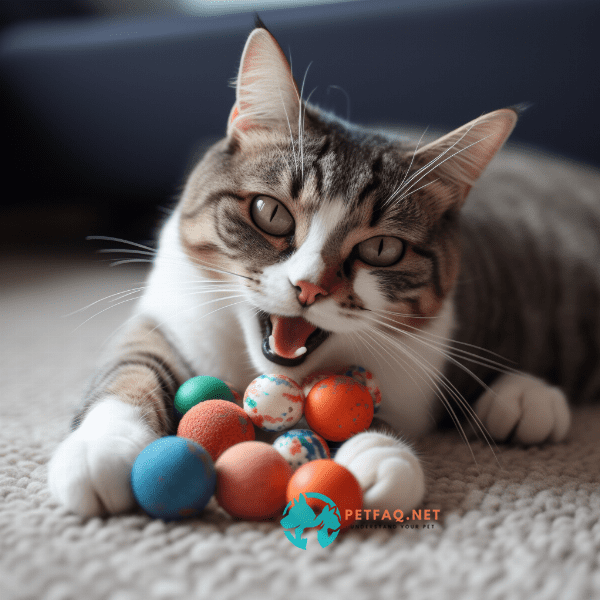Table of Contents
- Benefits of Homemade Catnip Toys for Cats
- Essential Supplies and Materials for Making Homemade Catnip Toys
- Step-by-Step Guide to Creating Homemade Catnip Toys
- Creative Ideas for Homemade Catnip Toy Designs
- How to Properly Store and Maintain Homemade Catnip Toys
- Precautions and Safety Measures to Keep in Mind
- Frequently Asked Questions about Homemade Catnip Toys
Benefits of Homemade Catnip Toys for Cats
If you’re a cat owner, you’ve likely heard of catnip – a herb that is often used in toys, sprays, and other products for cats. Catnip contains a chemical compound called nepetalactone, which can have a profound effect on your feline friend. It’s no secret that Cats love catnip, but did you know that there are several benefits of making Homemade catnip toys for your furry friend? Let’s take a closer look at some of the advantages.
1. Stimulates Play and Exercise
Cats are natural hunters and love to play, and catnip can help stimulate this behavior. Homemade Catnip Toys can be an excellent way to encourage your cat to exercise and stay active. The scent of catnip can entice cats to play and interact with the toy, which can help keep them physically and mentally stimulated.
2. Provides Mental Stimulation
In addition to physical exercise, cats also need mental stimulation to stay healthy and happy. Homemade catnip toys can provide a source of mental stimulation for your cat. The act of playing with the toy, chasing it, and trying to catch it can be an engaging and enjoyable activity for your feline friend.
3. Reduces Stress and Anxiety
Cats can experience stress and anxiety, which can lead to a range of behavioral issues. However, catnip has been shown to have a calming effect on cats. The scent of catnip can help reduce stress and anxiety in cats, which can lead to improved behavior and overall well-being.
4. Helps with Dental Health
Cats are prone to dental problems, such as tartar buildup and gum disease. Chewing on a homemade catnip toy can help clean your cat’s teeth and promote good dental health. Additionally, the act of chewing on a toy can help satisfy your cat’s natural urge to chew, which can prevent destructive behavior.
5. Provides a Safe and Natural Source of Fun
Homemade catnip toys are a safe and natural source of fun for your cat. Unlike other toys that may contain harmful chemicals or materials, homemade catnip toys are made from natural ingredients that are safe for your cat to play with. Additionally, making your own catnip toys allows you to control the quality of the materials used, ensuring that your cat is playing with a safe and high-quality toy.
In conclusion, making homemade catnip toys for your furry friend can provide a range of benefits, from stimulating play and exercise to promoting dental health and reducing stress and anxiety. Not only are homemade catnip toys safe and natural, but they are also a fun and engaging way to bond with your cat. So why not give it a try and see how your cat responds?
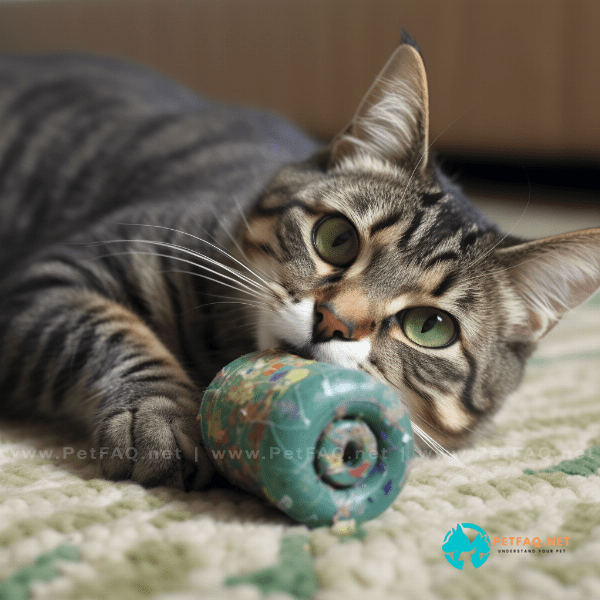
Essential Supplies and Materials for Making Homemade Catnip Toys
Making homemade catnip toys for your furry friend is a fun and easy DIY project that can provide a range of benefits. However, before you get started, it’s important to gather the essential supplies and materials needed to create a safe and high-quality toy for your cat. Here are some of the essential supplies and materials you will need:
1. Catnip
The first and most important supply you will need is catnip. Catnip is the herb that cats love, and it’s what makes homemade catnip toys so enticing to felines. You can purchase catnip at most pet stores, or you can grow your own catnip plant.
2. Fabric
The fabric you choose for your homemade catnip toy is also important. You’ll want to choose a sturdy and durable fabric that can withstand your cat’s playful antics. Some good options include cotton, felt, and fleece.
3. Sewing Supplies
If you plan to sew your catnip toy, you’ll need some basic sewing supplies. These may include a sewing machine or needle and thread, scissors, pins, and a ruler or measuring tape.
4. Stuffing
You will need some type of stuffing material to fill your catnip toy. Some popular options include polyester fiberfill, cotton batting, or even old t-shirts or socks.
5. Optional Embellishments
If you want to add some extra flair to your homemade catnip toy, you can also consider adding some optional embellishments. These may include things like feathers, bells, or ribbons.
When gathering your supplies and materials, keep in mind that you want to choose high-quality, non-toxic materials that are safe for your cat to play with. Avoid using anything that may be harmful or potentially dangerous, such as small parts that could be swallowed or sharp objects that could cause injury.
In conclusion, the essential supplies and materials for making homemade catnip toys include catnip, fabric, sewing supplies, stuffing, and optional embellishments. With these materials, you’ll be able to create a safe, fun, and engaging toy that your cat will love. Just be sure to choose high-quality, non-toxic materials and follow proper safety guidelines when making your toy.
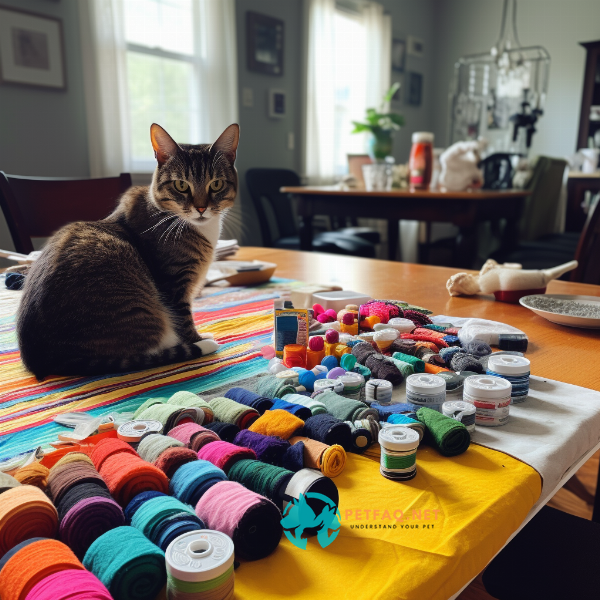
Step-by-Step Guide to Creating Homemade Catnip Toys
If you’re a cat owner, you know how much your furry friend loves catnip toys. They can provide hours of entertainment for your cat, but store-bought toys can be expensive and not always the best quality. Why not make your own homemade catnip toys? It’s easier than you might think, and your cat will love you for it. Here’s a step-by-step guide to creating homemade catnip toys:
1. Gather Your Materials:
Before you get started, you’ll need to gather all the materials you’ll need. This includes fabric (such as cotton or fleece), catnip, stuffing material (such as cotton balls or batting), scissors, needle and thread, and any decorative elements you want to add.
2. Cut Your Fabric:
Decide on the shape and size of your catnip toy and cut the fabric accordingly. You can make a simple rectangle, a fish shape, or any other shape you think your cat will love. Cut two identical pieces of fabric for each toy you want to make.
3. Sew the Fabric Together:
With the two pieces of fabric facing each other, sew around the edges, leaving a small gap for turning and stuffing. Turn the fabric right-side-out.
Stuff the toy with your chosen stuffing material and a generous amount of catnip. Be sure not to overstuff the toy, as you’ll need to be able to sew it closed.
5. Sew the Toy Closed:
Using a needle and thread, sew the gap closed. Be sure to secure the thread tightly so that the stuffing and catnip don’t spill out.
6. Add Decorative Elements:
If you want to add any decorative elements, such as embroidery or felt details, now is the time to do it. Your catnip toy is now ready to be played with!
If your cat doesn’t immediately start playing with the toy, try rubbing it between your hands to release more of the catnip scent. When your cat is done playing with the toy, be sure to store it in an airtight container to keep the catnip fresh.
Creating homemade catnip toys is a fun and easy DIY project that will provide hours of entertainment for your feline friend. Not only will your cat love the toys, but you’ll also save money and have the satisfaction of knowing that you made something special for your pet. Give it a try and see how much your cat enjoys their new homemade catnip toys!
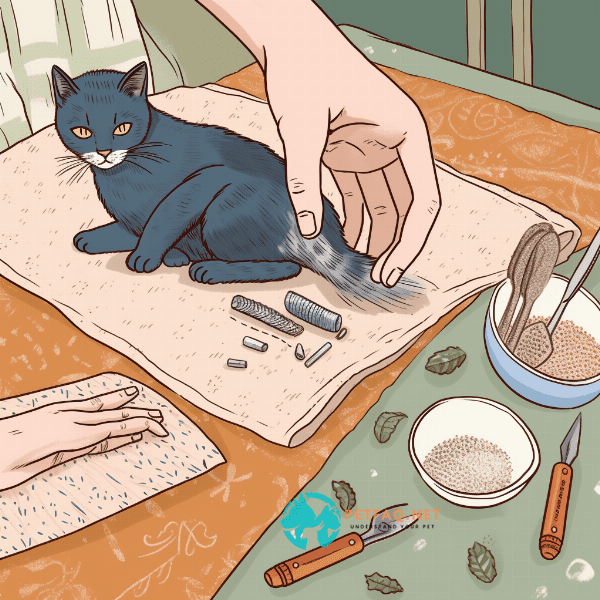
Creative Ideas for Homemade Catnip Toy Designs
If you’re looking for some creative ideas to take your homemade catnip toys to the next level, look no further. With a little bit of creativity and some basic crafting skills, you can make toys that are not only fun for your cat to play with, but also visually appealing. Here are some ideas for homemade catnip toy designs:
Instead of making a simple rectangular or circular toy, try making toys in fun shapes like fish, mice, or even a cat-shaped toy. You can use templates or draw the shapes freehand, and then cut them out of fabric. These shaped toys are not only more visually interesting, but can also be easier for your cat to grab onto and play with.
2. Catnip Pouches:
Another easy toy to make is a catnip pouch. Simply cut a small square of fabric, fold it in half, and sew the edges together, leaving a small gap for stuffing. Fill the pouch with catnip and sew it closed. Your cat will love to bat it around and chew on it.
Cats love feathers, so why not incorporate them into your homemade catnip toys? You can attach feathers to a simple fabric toy or make a toy that is entirely made of feathers. Just be sure to choose feathers that are safe for your cat to play with.
4. Interactive Toys:
Toys that allow for interactive playtime are a great way to bond with your cat. Try making a wand toy by attaching a small toy or pouch filled with catnip to a stick or dowel. You can also make a toy that has multiple pieces that can be taken apart and put back together.
5. Upcycled Toys:
If you have old fabric scraps or worn-out clothes lying around, consider upcycling them into catnip toys. You can use old t-shirts or towels to make simple toys, or repurpose old socks into toys by stuffing them with catnip and sewing them closed.
6. Scented Toys:
To add an extra sensory element to your homemade catnip toys, try adding some essential oils or dried herbs to the stuffing. Lavender or valerian root are good choices, as they can have a calming effect on cats.
By using these creative ideas, you can make homemade catnip toys that are not only fun for your cat, but also personalized and unique. Remember to always supervise your cat while they play with any toys, and make sure that the materials used are safe for your pet. With a little bit of effort, you can create toys that will provide hours of entertainment for your feline friend.
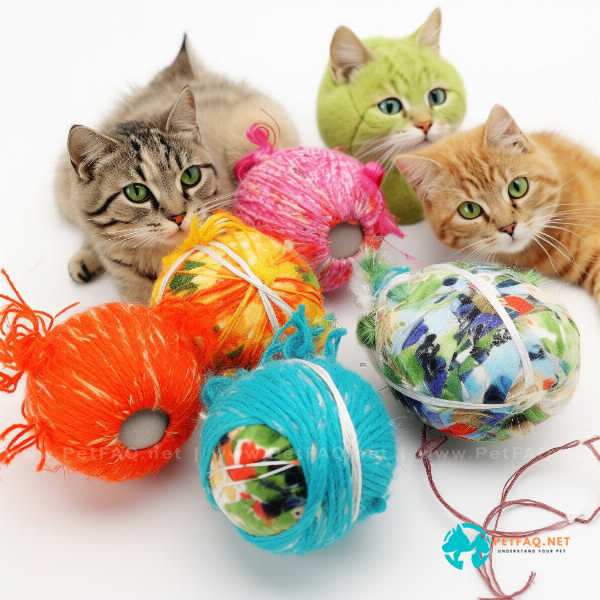
How to Properly Store and Maintain Homemade Catnip Toys
Now that you’ve put in the time and effort to create homemade catnip toys for your furry friend, it’s important to know how to properly store and maintain them to ensure their longevity and effectiveness. Here are some tips on how to properly store and maintain homemade catnip toys:
1. Store in an Airtight Container:
Catnip toys can lose their potency over time, so it’s important to store them in an airtight container to keep them fresh. You can use a plastic bag, a Tupperware container, or any other type of container that can be sealed tightly.
2. Keep Away from Moisture:
Moisture can cause mold to grow on the toys, so it’s important to keep them away from any sources of moisture. Store them in a cool, dry place.
3. Wash Regularly:
Catnip toys can get dirty and covered in saliva, so it’s important to wash them regularly. Use a mild detergent and warm water to wash the toys, and then rinse them thoroughly. Be sure to let the toys air dry completely before giving them back to your cat.
4. Refresh the Catnip:
Over time, the catnip in the toys can lose its potency. To refresh the catnip, you can either add more dried catnip to the toy, or sprinkle some catnip spray on it. This will help to renew your cat’s interest in the toy.
5. Rotate the Toys:
Just like humans, cats can get bored with the same toys over time. To keep your cat engaged, it’s a good idea to rotate the toys every few weeks. This will keep the toys fresh and interesting for your cat.
By following these tips, you can ensure that your homemade catnip toys are properly stored and maintained, so that your cat can continue to enjoy them for a long time. With a little bit of effort, you can create toys that will provide endless hours of entertainment for your feline friend.
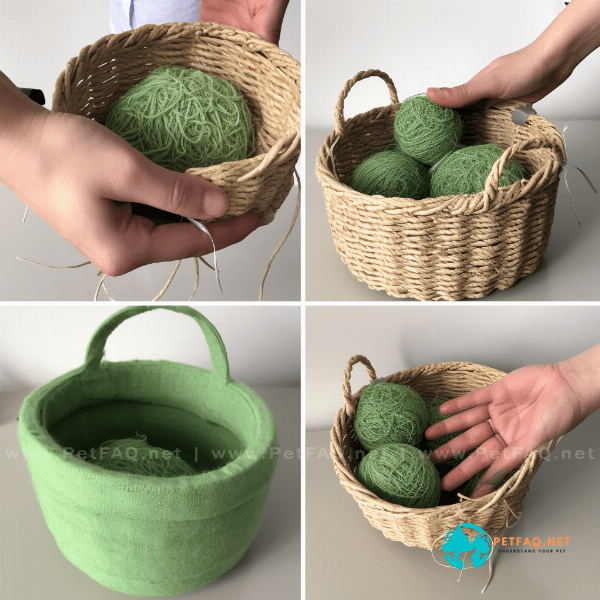
Precautions and Safety Measures to Keep in Mind
While making homemade catnip toys can be a fun and rewarding experience, it’s important to keep in mind some precautions and safety measures to ensure the well-being of your cat. Here are some tips to keep in mind:
1. Use Safe Materials:
When making homemade catnip toys, it’s important to use materials that are safe for your cat. Avoid using materials that can be toxic or harmful to your cat, such as glue or toxic dyes. Instead, opt for natural materials like cotton or wool.
2. Supervise Playtime:
It’s important to supervise your cat while they play with their toys. This is especially important if your cat is prone to chewing or ingesting toys. If you notice any signs of damage or wear and tear on the toy, it’s best to replace it.
3. Avoid Small Parts:
Be sure to avoid using small parts or decorations that can come loose and be swallowed by your cat. This includes things like buttons or small plastic pieces. These can be choking hazards and can cause serious harm to your cat.
4. Use Catnip in Moderation:
While catnip can be a great source of enjoyment for your cat, it’s important to use it in moderation. Overexposure to catnip can cause your cat to become overstimulated or agitated. Be sure to give your cat breaks from catnip playtime, and limit their exposure to a few times a week.
5. Store Toys Safely:
Store your homemade catnip toys in a safe place where your cat cannot access them unsupervised. This is especially important if the toy contains any small parts or decorations that can be hazardous to your cat’s health.
By following these precautions and safety measures, you can ensure that your homemade catnip toys are safe for your cat to play with. As always, it’s important to keep your cat’s well-being in mind and prioritize their safety above all else.
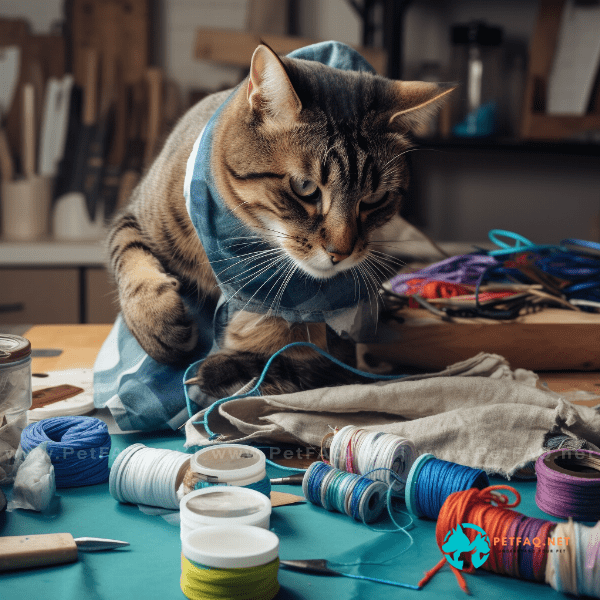
Frequently Asked Questions about Homemade Catnip Toys
As you embark on your journey to create homemade catnip toys, you may have some questions about the process. Here are some frequently asked questions about homemade catnip toys:
1. What is catnip?
Catnip is a herb that is part of the mint family. It contains a chemical called nepetalactone, which is known to stimulate cats and make them feel happy and playful.
To make catnip toys at home, you will need some basic materials such as cotton or wool fabric, dried catnip, and a sewing kit. You can find many different designs and patterns online to get you started.
3. How much catnip should I put in a toy?
The amount of catnip to use in a toy depends on the size of the toy and the strength of the catnip. As a general rule, you should use about 1-2 tablespoons of catnip per toy.
4. How often should I replace the catnip in the toy?
Over time, the catnip in the toy can lose its potency. It’s a good idea to replace the catnip in the toy every few months to keep it fresh and effective.
5. Can I use fresh catnip instead of dried catnip?
Fresh catnip can be used instead of dried catnip, but it’s important to note that fresh catnip can be more potent than dried catnip. It’s also important to use fresh catnip within a few days, as it can spoil quickly.
6. Is it safe for my cat to ingest catnip?
Catnip is generally safe for cats to ingest, but it’s important to use it in moderation. Overexposure to catnip can cause your cat to become overstimulated or agitated.
7. How do I store homemade catnip toys?
To store homemade catnip toys, you should keep them in an airtight container in a cool, dry place. This will help to keep them fresh and prevent any mold or moisture from forming on the toys.
By keeping these frequently asked questions in mind, you can ensure that you have all the information you need to create safe and enjoyable homemade catnip toys for your furry friend.
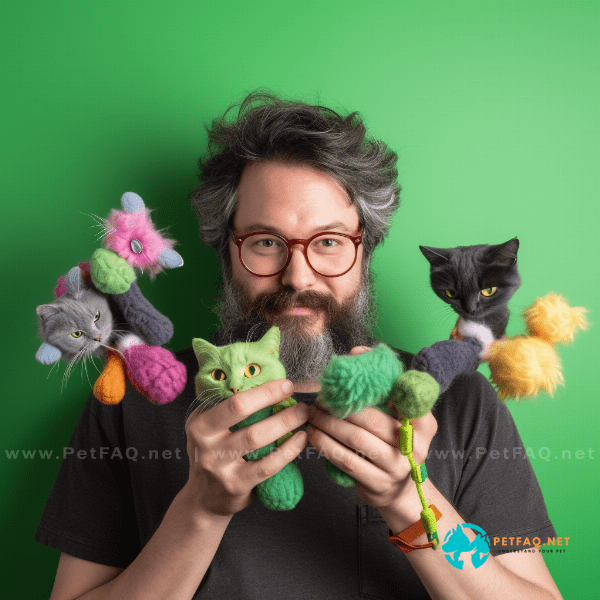
Frequently Asked Questions (FAQs) about Homemade catnip toys:
1. Are homemade catnip toys safe for my cat?2. How can I tell if my cat is enjoying their homemade catnip toy?
3. Do all cats enjoy playing with catnip toys?
4. Where can I purchase catnip for homemade toys?
5. Can I make homemade catnip toys for kittens or senior cats?

